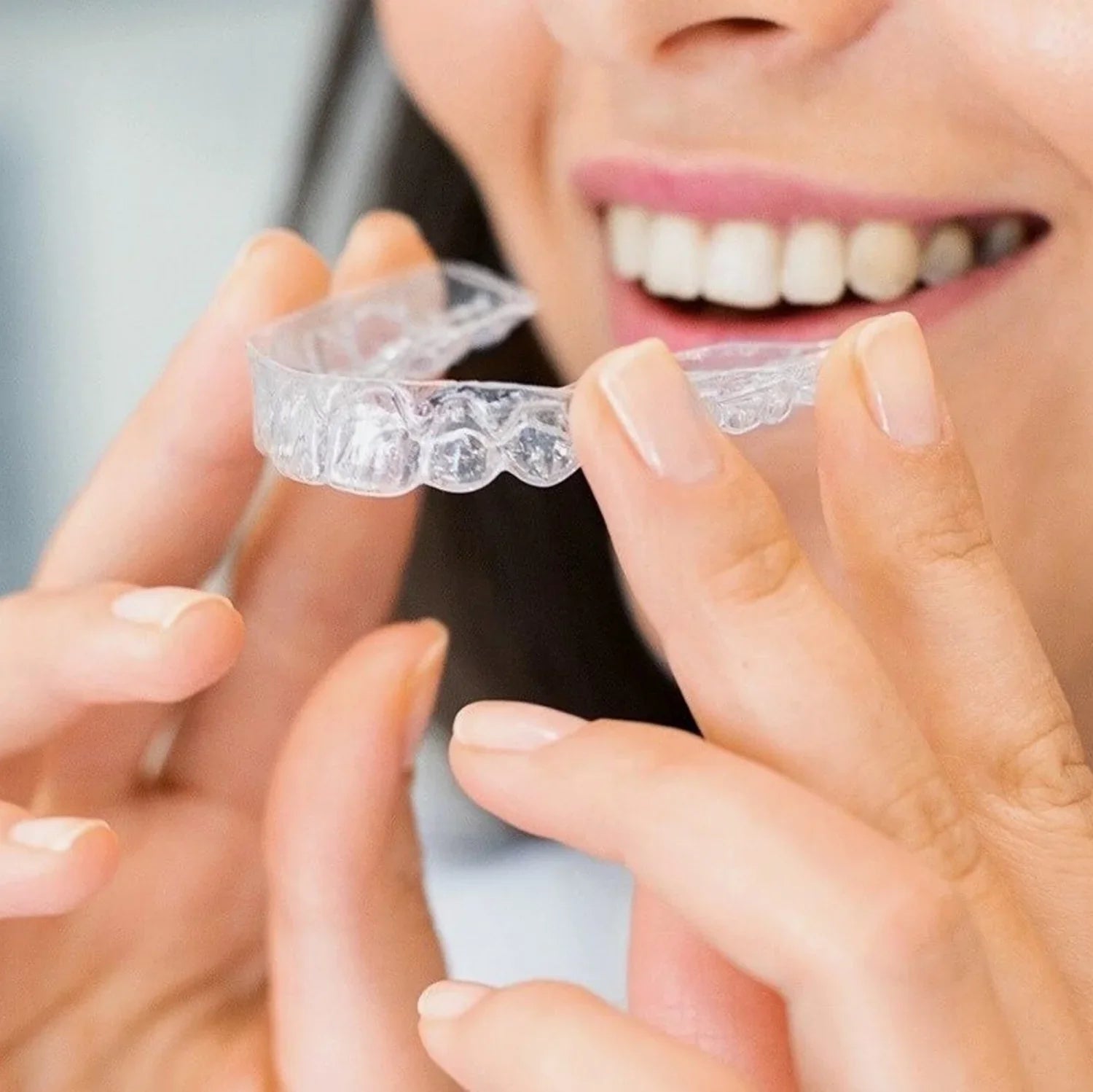
Will an ultrasonic cleaner break down my aligners over time? (2025) - Dr. Jack Pinnar-Smith
The Dental Pod utilises ultrasonic technology to ensure that dental aligners are meticulously cleaned without causing any damage to their structure. The fundamental principle behind this technology is the generation of high-frequency sound waves which produce microscopic bubbles in the cleaning solution. These bubbles imploding create shock waves that gently dislodge particles and bacteria from the aligners. Importantly, these sound waves are calibrated to be powerful enough to clean but not so forceful as to cause damage to the aligners.
One of the reasons the Dental Pod is effective in ensuring that aligners do not break down is its ability to clean without the need for harsh scrubbing or chemicals. Often, aligners can be damaged due to manual cleaning methods that involve vigorous brushing or the use of abrasive cleansers. The Dental Pod eliminates the need for such measures, as the ultrasonic waves can penetrate even the tiniest crevices and remove debris and bacteria without any physical abrasion or chemical corrosion.
Additionally, the Dental Pod has been designed to take into account the material composition of dental aligners. Aligners are generally made from medical-grade thermoplastic materials, which have certain physical properties and limitations. The frequencies used by the Dental Pod have been specifically selected and optimised to be compatible with these materials, ensuring that the ultrasonic waves do not cause resonance or stress that could potentially lead to material fatigue or degradation over time.
While ultrasonic cleaners like the Dental Pod are designed to be gentle on aligners, not all ultrasonic cleaners are created equal. Some ultrasonic cleaners may operate at frequencies or power levels that are not optimised for the delicate materials from which aligners are made. Additionally, if not calibrated properly, the intensity of the ultrasonic waves generated by certain cleaners can cause micro-fractures or warping in the aligner materials over time. This could lead to a breakdown of the aligners, compromising their structural integrity and fit. Furthermore, using inappropriate cleaning solutions in conjunction with ultrasonic cleaners can also have adverse effects, as some chemicals can react with the aligner materials, causing them to degrade faster. It is imperative to choose an ultrasonic cleaner that is specifically designed for dental aligners to prevent such issues.
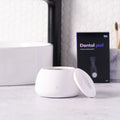
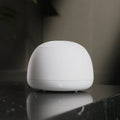
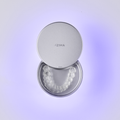

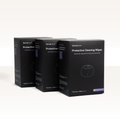

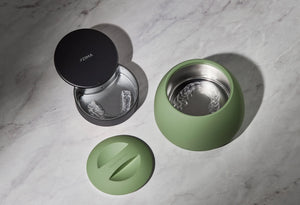
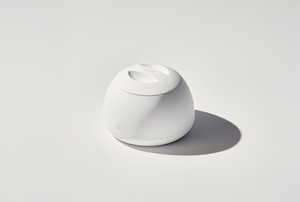
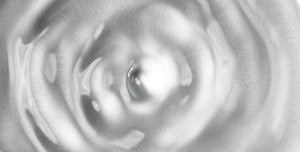
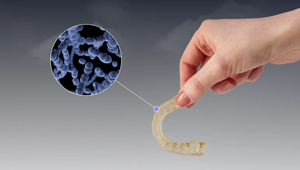
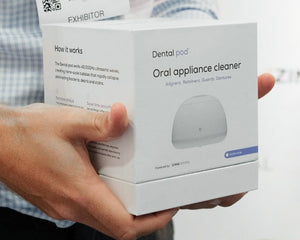


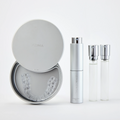
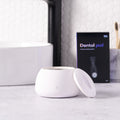
Leave a Comment